 |
| Category: Badges |

|
|
|
|
|
|
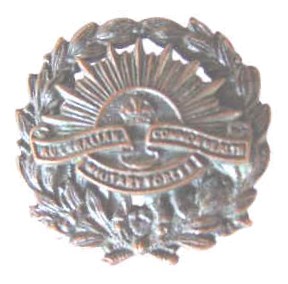
|
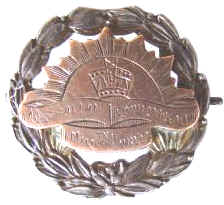
|
- "Sweetheart brooches" (to
be sent to loved ones) were a very popular thing with the British
Army. Not so with the AIF. There were several reasons for this.
- The AIF blokes were 12,000 miles
from home and had little chance to get a 'sweet heart' to send
jewellery to (except of course mothers and sisters)
- The AIF really only had one
badge. Every British Regiment had it's own badge and it's own
traditions which made the production of 'sweethearts' more
personal therefore more appealing. (Aussies tended to use the unit
colour patch in place of a Regimental badge).
- Aussie blokes, then, as now,
were a bit slow on the 'let's send a present" uptake.
|
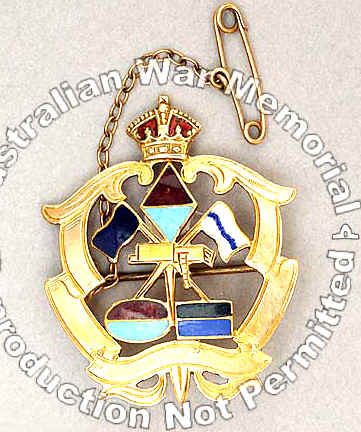 |
- Fifteen carat
rose gold and enamel sweetheart brooch showing a voided machine gun,
crossed signal flags and colour patches for 9th, 26th and 42nd Infantry
Battalions, AIF, within gold scrolls surmounted by a king's crown.
Worn
by Mrs Mary Ann Powell throughout her life, in commemoration of the
service of her three sons in the First World War.
6136 Private Nigel
Edward Powell, from Toowoomba, Qld, enlisted on 5 August 1916 and served
with 26 Bn, AIF. He was killed in action, at the age of 20, at Ribemont,
France, on 24 May 1918.
749
Corporal Harry Powell, also from Toowoomba, enlisted on 8 December 1915
and served with 42 Battalion, AIF. He returned to Australia on 8 August
1918 and died in the 1950s. |
| 96 Sapper Arthur John
Powell, also from
Toowoomba, enlisted at the age of 27, on 21 August 1914, and served with
1 Division Signal Company and 1 Division Engineers. He returned to
Australia on 8 April 1917 after being wounded. He died as a result of
his wounds. c 1922. |
- The example above is the most ornate
example I have seen and it is significant that it was post war
manufacture, represents 3 brothers to their mother and of the 3 , 2
were deceased. It must have been a very hard brooch to wear, seeing it
represented so much sacrifice.
|
 |
The
Indefatigable Class battle-cruiser HMAS Australia was the first flagship
of the Australian fleet. Commissioned in 1912 and delivered to Australia
in 1913, she served throughout the First World War, escorting the ANMEF
to New Guinea and a New Zealand force to Samoa to occupy German
colonies. |
| 'Australia'
later served with the British Grand Fleet based at Scapa Flow, but saw
little action, missing the battle of Jutland in 1916 owing to damage
suffered in a collision with her sister ship HMS New Zealand. HMAS
Australia was sunk off Sydney Heads in 1924 in compliance with the
Washington Treaty which limited the numbers of capital ships in the
Pacific. |
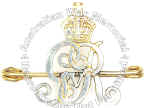 |
Born in 1888,
Percival Gorman Neeson was a school teacher working in Grafton before he
enlisted in the AIF in August 1916. Commissioned as a 2nd lieutenant in
26 Infantry Battalion, he sailed for France on the troopship
'Commonwealth' (A73) with the 10th Reinforcements to the unit in late
March 1916. |
| Neeson
quickly became known to his men as 'Granny', due to his interest in
their welfare, but was known to his fellow officers and superiors as
'Gordon'. Within four months of his departure from Australia, he was
involved in the savage fighting at Pozieres, on the Somme, and on 29
July he was severely wounded in the head while attacking enemy
positions. For his gallantry in this action he was recommended for the
Military Cross (MC), but his wound was so serious that he was not
initially expected to survive. Evacuated to the Duchess of Westminster's
Hospital in Paris, and thence to England, suffering from partial
paralysis of the right arm and hand, Neeson was operated on by the
King's surgeon, who removed fragments of skull from his brain and
inserted a silver plate into the hole in his skull. He made a full
recovery in time to receive his award of the MC personally from the King
on 4 November 1916. Despite his recovery, Neeson was not considered fit
for further military service, and he was repatriated to Australia in
1917, returning to his pre war occupation. Known in later life (as he
had been in the army) as Gordon Neeson, he died in 1958. This brooch was
possibly worn by Neeson as a tie pin. |
|
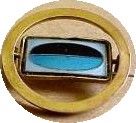
|
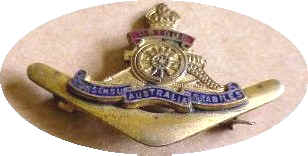
|
| 42nd
Bn AIF |
Australian
Artillery |
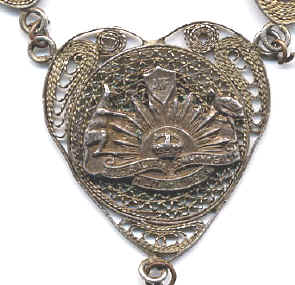 |
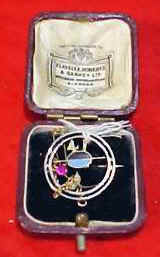
|
| Note the Rising sun badge
worked into the centre-piece and the AIF shield. |
41st Battalion
sweet-heart badge |
|